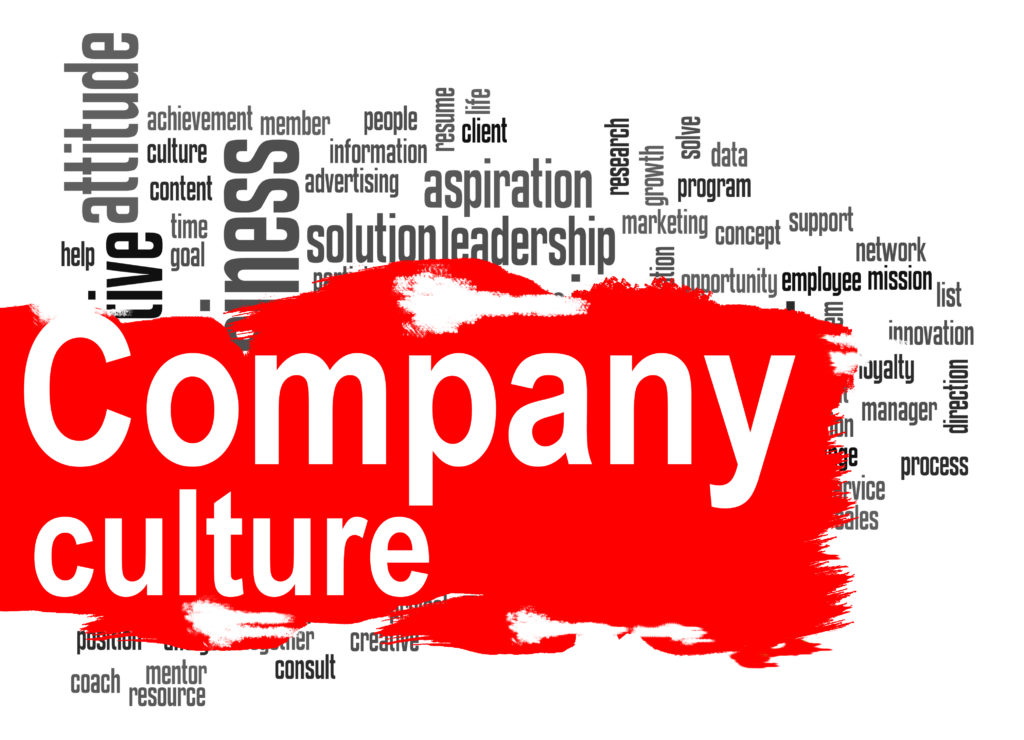I love music. I can’t sing or play an instrument, but I do love music and music trivia. Recently I had the good fortune to see a great band, one that has been around for many years, at one of my most favorite venues in the entire world, the Casino Ballroom in Hampton Beach, NH. It was a terrific show and fun was had by all, (including the guy sleeping in our car when we came out! For those who follow me on Facebook, you understand, and for those who don’t, that is an entirely different story.)
But, as we were leaving the concert we walked by the band’s bus. I was very surprised and saddened to see what happened next. Although there were only about ten fans around, two of the band members ducked their heads down attempting to hide from us. The sad thing was that, although most of us were old enough that we were past the “star-struck” stage and autographs don’t mean that much to us, there was a young man there who had been waiting patiently to meet the band and possibly get an autograph. It was troubling that they couldn’t have taken 10 minutes to sign a few autographs and mingle with their fans. It would have done wonders for their image. They seem to have forgotten how and why they had become so successful … fans liking them and their music.
With a Little Help From My Friends
 It made me think of the senior living industry and other businesses I patronize. People like to be known and recognized. I go to a couple little local restaurants and diners where I know the owners. They never fail to stop by and say “hey” and make you feel welcome and appreciated for your patronage. I have befriended a manager at a national chain and he never fails to stop by my table and talk for a few minutes and even comps my meals most of the time. If I see these people on the street, in a different environment, they still speak and we treat each other as friends.
It made me think of the senior living industry and other businesses I patronize. People like to be known and recognized. I go to a couple little local restaurants and diners where I know the owners. They never fail to stop by and say “hey” and make you feel welcome and appreciated for your patronage. I have befriended a manager at a national chain and he never fails to stop by my table and talk for a few minutes and even comps my meals most of the time. If I see these people on the street, in a different environment, they still speak and we treat each other as friends.
The same holds true for residents and their families in Senior Living communities. They think of you as the “Rock Star” of your community. They want to be known and feel like they
know important people. They want to feel that they are important and meaningful in the community in which they live, to feel like they count for something and are appreciated. Some residents don’t have a lot of outside interaction and the staff of the community may be all the outside interaction they get in a day’s time.
Rock On
I know there are days that we feel we just can’t speak with another person or we will explode. Can’t face a certain person because they always have a complaint or want to talk for 20 minutes. And there are those days we are so busy with other things that we just blow by our residents without giving them the time of day, but we have to remember why we do what we do.
It is important to remember they are the reason we are there (because they pay a monthly service fee). I think it is very important for staff members to be present, visible, engaging, and attentive. There are those who work in offices, behind closed doors, who have to put forth the extra effort to get out and be seen among the residents. It is important to remember that when we step out from behind the confines of our office that we try and clear our minds and anticipate running into residents who will want to engage with us (good or bad, long or short.)
Be an appreciative Rock Star, put on a smile and say “Hi!” to as many residents as possible every day. We never know, that might be the only smile they see that day.
Roy Barker is Director of Special Projects at Moore Diversified Services, a Fort-Worth, Texas-based organization specializing in operations analysis, marketing development, and investment advisory services. Roy is an authority in the field of employee turnover analysis and retention strategies.












